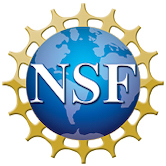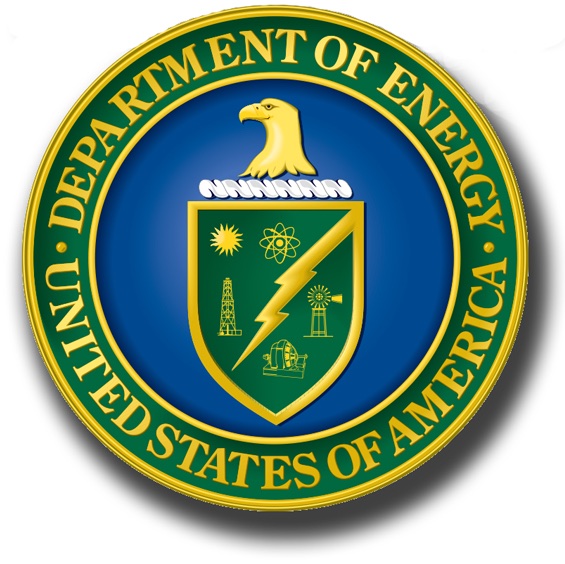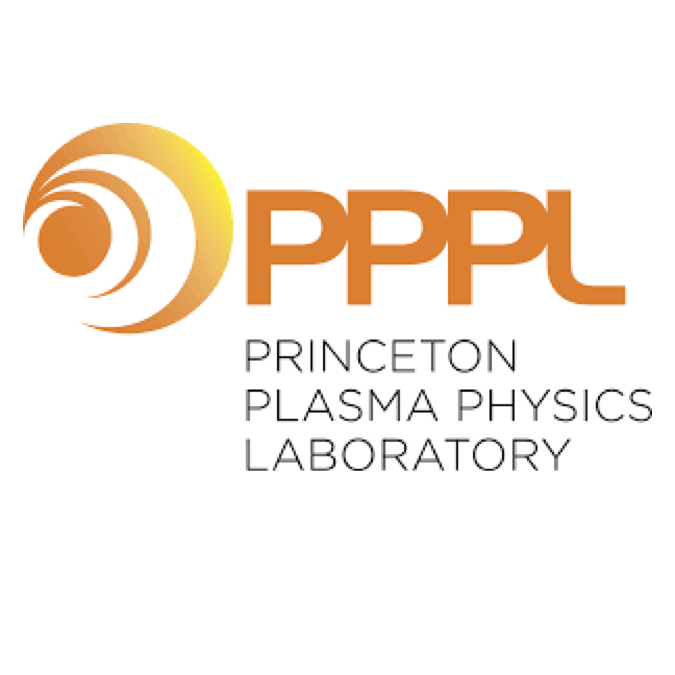Distributed Regulation of the Safety Factor Profile in Tokamaks Using Nonlinear Infinite-dimensional Control
S.T. Paruchuri, E. Schuster
22nd IFAC World Congress
Yokohama, Japan, July 9-14, 2023
|
Abstract
|

|
Tokamaks are toroidal devices that use helical magnetic fields to confine
a plasma (hot ionized gas). Such confinement increases the probability
of ionic collisions. When the colliding ions have high enough kinetic
energy, they can overcome the Coulombic forces of repulsion and fuse to
form a heavier ion. The difference in mass between reactant and product
ions is turned into energy, which can potentially be harvested to meet
the growing world's energy demands. In tokamaks, the safety factor profile
is a plasma property that characterizes the pitch of the helical magnetic
field. Experiments have shown that the safety factor is related to the
magnetohydrodynamic (MHD) stability of the confined plasma as well as
to the capability of achieving highly-confined steady-state operation.
Thus, active control of the safety factor profile or related plasma properties
is critical for achieving MHD-stable, high-performance plasma operation.
The evolution of the safety factor profile is governed by a nonlinear
nonautonomous partial differential equation (PDE). The most commonly used
control design approach reduces the governing PDE to a set of ordinary
differential equations (ODEs) before synthesizing a control law. In this
work, a distributed nonlinear safety-factor control law that does not
require a finite-dimensional approximation of the governing PDE is proposed.
Rigorous analysis shows that the proposed control law can drive the error
between the safety factor profile and target profile to zero. The effectiveness
of the proposed control law is demonstrated using nonlinear simulations
for the DIII-D tokamak.








